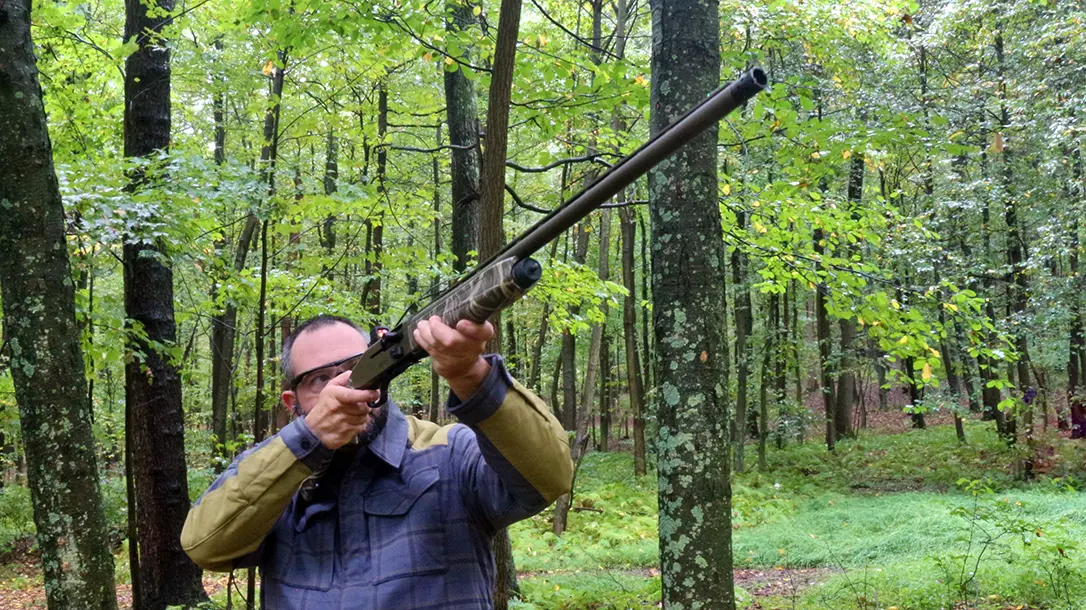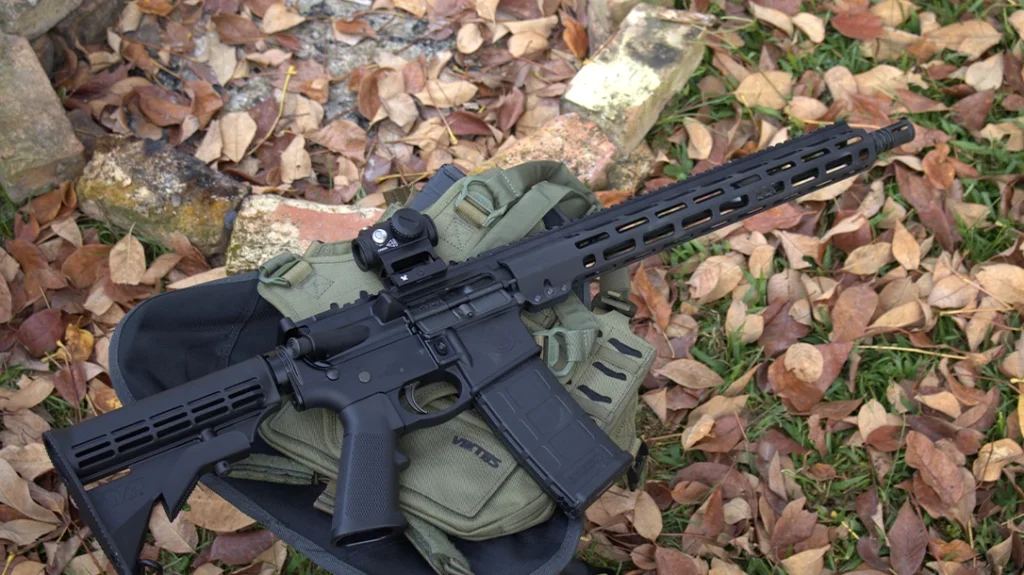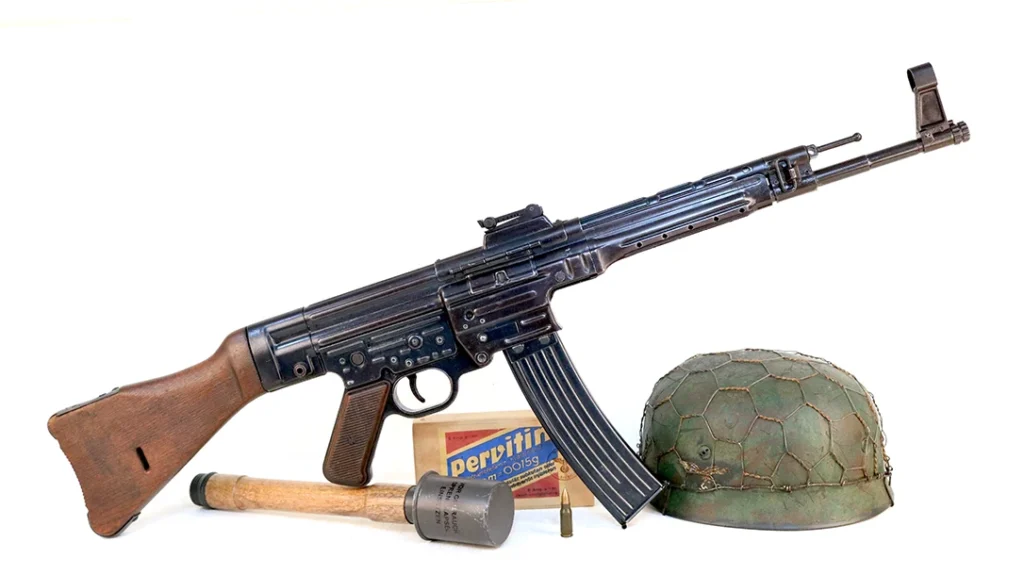The evolution of the modern firearms owner is quite interesting. When we start out, we’ll seemingly buy everything and anything just to put some variety in our safe; however, as time goes on (and we run out of house), we quickly become more discriminating and start to seek out guns that can serve more than one role. For years, I was sold on getting a different shotgun for each sport that I participated in.
However, this created a row of guns that only saw daylight at best once a year. That’s a lot of steel to maintain during the other 364 days. When Mossberg released its 940 Pro, I had the opportunity to test and review nearly every model, and like clockwork, I wanted them all! However, older me is a little wiser, and utilizing the only ounce of restraint that I have, I completed my projects and sent them back. As the years went by, I found myself regretting these decisions, typically in the field saying, “If I had kept one of those 940s, we’d have that bird,” or something to that effect. So, with that, I started looking over the entire lineup with the mindset that if I were to add just one to my collection, which one would get the most use?
TESTED: Mossberg 940 Pro Waterfowl
Before we go any further, it makes sense to explain my fascination with the 940 Pro and why I consider it to be at the top of its class. A gas-operated semi-auto, the 940 runs reliably, digesting a wide variety of shotgun shells. Regarded as an upgrade to the 930, one of its key innovations is the overhauled gas system. Gasses channel through a port beneath the barrel upon firing, pushing the piston backward.
Advertisement — Continue Reading Below

Unlike many other shotguns that rely on gas to cycle, the piston in the 940 only moves about ¾ of an inch before hitting a specially designed spacer. This spacer, utilizing a ribbed and ventilated structure, minimizes friction between the piston and the tube, addressing a common issue in shotgun designs. Ventilation also helps release moisture created by the hot gases that interact with the cooler barrel. At the rear of the gas system, a mechanism called the pusher drives the action, ensuring smooth feeding and ejecting of either 2 ¾- or 3-inch shells from the magazine. Mossberg also offers several models with the company’s patented optics cut, allowing for direct mounting of Shield RMSc-pattern red dot sights.
Playing the Field
A sign of the times, my research began with the least expensive model, which is the Pro Field. Although it is an excellent shotgun and built with my targeted barrel length, it’s not optics-ready (at least as of now), so I had to keep looking. This also knocked out the Pro Sporting, a shotgun built for clay shooting, featuring a 30-inch barrel and refined walnut furniture. The Pro Turkey, Pro Tactical, and JM Pro all have the optics capability that I sought, but the barrels were just too short to cover all of the activities that I like to participate in. This left me looking at what I considered to be the least likely candidate – the 940 Pro Waterfowl.
Advertisement — Continue Reading Below
The specs were surprisingly attractive, as they denoted a balanced 28-inch barrel and the integral optics cut that I desired. Additionally, most of the internals, fortified to handle wet weather, suit hunting in the Northeast. Being that duck hunting is excellent where I live; I can’t completely rule that out, so all arrows pointed to this model.
940 Pro Waterfowl Details
Mossberg was kind enough to send one out for this project, and when it arrived, I was immediately captivated by its appearance. Decked out in Patriot Brown Cerakote and Mossy Oak Vintage Shadowgrass, it was a looker. Better still, this combination only gets better with wear, which is the unfortunate reality of having a packed gun safe. The barrel features a ventilated rib that houses a brilliant green fiber-optic front sight. It is also capped with Mossberg’s X-Factor choke. This tube is compatible with steel, tungsten, or bismuth shot and is built to a modified constriction, which is an excellent all-around choice. Chokes for the 940 are interchangeable with the 500, so there are plenty of options out there for other needs.
Before hitting the range, I reached out to Carlson, and they were able to set me up with a pair of ported Sporting Clay tubes to open up patterns and reduce recoil. They also sent an XR Turkey tube to tighten things up to reach stubborn gobblers. From here, all that was left was to add an optic, and being that rainy weather was a serious consideration, I went with a Holosun EPS Carry for its sealed construction. Its footprint was compatible, so all I needed to do was torque down a pair of screws, and it was off to ammo selection.
Advertisement — Continue Reading Below

940 Pro Waterfowl Ammo Options
I often describe shotguns as simple firearms with complicated ammunition. On a friendlier note, this boldly speaks to their utilitarian nature. By changing shot size or composition and screwing in the appropriate choke, a waterfowl gun can become a turkey gun or even a clay shooter. With that, I chose a type of ammo to represent each of these uses. For the duck hunter, I tested HEVI-Shot’s HEVI-Metal Xtreme load, which is filled with a blend of #4 Tungsten shot and #1 Steel.
This mix combines the longer reach of Tungsten with the broader pattern of steel for the perfect shell regardless of the flight path. Fiocchi’s #9 Golden Turkey TSS has reached top honors in my book, as it puts insanely dense patterns on Toms at unheard-of distances. Lastly, Federal’s tried and true lead #8 Top Gun load earned its place through its consistent patterns and velocities, leaving few excuses for missing a fleeing clay pigeon.
Advertisement — Continue Reading Below

Shots Fired
I began my day by screwing in Carlson’s XR Turkey choke and loading up the Fiocchi Golden Turkey. My goal here was to see how accurate the gun was with the factory bead, and since this combo would give me the tightest pattern, it would be the easiest to determine its center. From 40 yards, I placed the bead on the neck of a Birchwood Casey pre-game target and touched off my first shell. The pattern was slightly high and right, but it still put more than 60 pellets within the head and neck of the Tom. This would be a knock-down drag-out hunt on any day, but thanks to the optics capability, I was able to center up this pattern and put even more pellets inside of each scoring area with the rest of the shells.
As expected, these hard-charging loads had no trouble cycling the action, but what wasn’t expected was the quality of the trigger. Shotguns don’t need great bang switches, as they earn accuracy through volume. Nonetheless, this gun’s trigger broke as a paltry 4 pounds, 3 ounces, which is better than many rifles that I’ve shot. From the same bench, I tested the HEVI-Metal load, which also cycled without issue. With the optic now zeroed and the included X-Factor choke installed, I was able to keep an average of 16 pellets within a 6-inch Birchwood Shoot NC target with an average spread of 28 inches.
Advertisement — Continue Reading Below

Pattern Work
I finished my bench work by testing the Top Gun Target load. With Carlson’s IC choke installed, I was able to produce patterns roughly 40 inches in diameter with an average of 12 pellets on the 6-inch Birchwood. Loosening up to the Skeet choke broadened the diameter by about another six inches but cost me a few pellets in the central hit zone. Both options are excellent; it just really comes down to what the course calls for.
This took me to my backyard clay field, which is powered by a Caldwell Claymore Solo trap. This is a spin-off of the original Claymore, but in a smaller, less complicated package. I know what you’re thinking, “Clays with a red dot?” Yes. Clays with a red dot. Mossberg’s optics cut places the dot at the same height as the front bead, so the dot is within your view the moment your cheek touches the stock.
Advertisement — Continue Reading Below
Optic-Ready Platform

However, this tech takes it a step further. Go ahead and mount a conventional shotgun and put the bead on a stationary target. Now, tip your chin up slightly without moving the gun. You’ll notice the bead is no longer on target. This is a naturally occurring issue called parallax, and due to its existence, inconsistent mounts lead to lost birds. Run the same drill with a quality optic, and you’ll see that the shift is barely noticeable. So, not only is it possible to break clays with a dot, but on the 940 series, it’s easier. I proved this by running a string of 25 without a single miss, which is not characteristic of my typical wing-shooting ability. More impressive, the gun ate these lighter loads with impunity, which is tough considering that it handled loads on the other end of the spectrum just as well.
I ended my session by blasting through a few more boxes of Top Gun before calling it a day. The Mossberg 940 Pro Waterfowl exceeded my expectations and turned out to be the do-all gun that I hoped it would be. Coupled with the right choke and ammunition, it will see use every season of the year and free up quite a bit of space in your gun safe, but let’s be honest, it won’t stay that way for long.
Advertisement — Continue Reading Below
For more info, visit mossberg.com.
Caldwell Claymore Solo

Sometimes, you get the urge to bang through just a small handful of clays. In these instances, it becomes tough to justify setting up an elaborate trap for what is likely only going to be an hour of shooting. Caldwell’s Claymore Solo is perfect for these occasions as it doesn’t require any batteries and is ready to start throwing the moment you flip the legs forward. Its simple design is also inherently weatherproof, so leaving it set up on the field for the long term is realistic. (caldwellshooting.com)
Advertisement — Continue Reading Below
Viktos Blodjeger Tactical Flannel Jacket

Typically, the shotgun comes out during “flannel season,” which gave me the opportunity to wear Viktos’s new Blodjeger tactical jacket. This garment is designed to retain a classic look while delivering the modern features that gun owners desire. Among them are the signature Gunvent sides, which make it easier to get to your CCW in a hurry. This is complemented by rapid-detaching snaps if you need to get to gear forward of the hips. Available in blue or red, each jacket is stuffed with FiteLite poly to keep you warm without the bulk. (Viktos.com)
SPECS: Mossberg 940 Pro Waterfowl
- Gauge: 12 Gauge
- Action: Semi-Auto
- Chamber Size: 3 inches
- Barrel Length: 28 inches
- Barrel Finish: Cerakote – Patriot Brown
- Choke Pattern: Moss 500; X-Factor Ext Tube included
- Capacity: 4+1
- Length: 48.75 inches
- LOP: 13-14.25 inches (adjustable via included spacers)
- Sights: Front FO; Optic-Ready
- Stock: Synthetic (MO Vintage Shadowgrass)
- Weight: 7.75 pounds
- MSRP: $1,246























